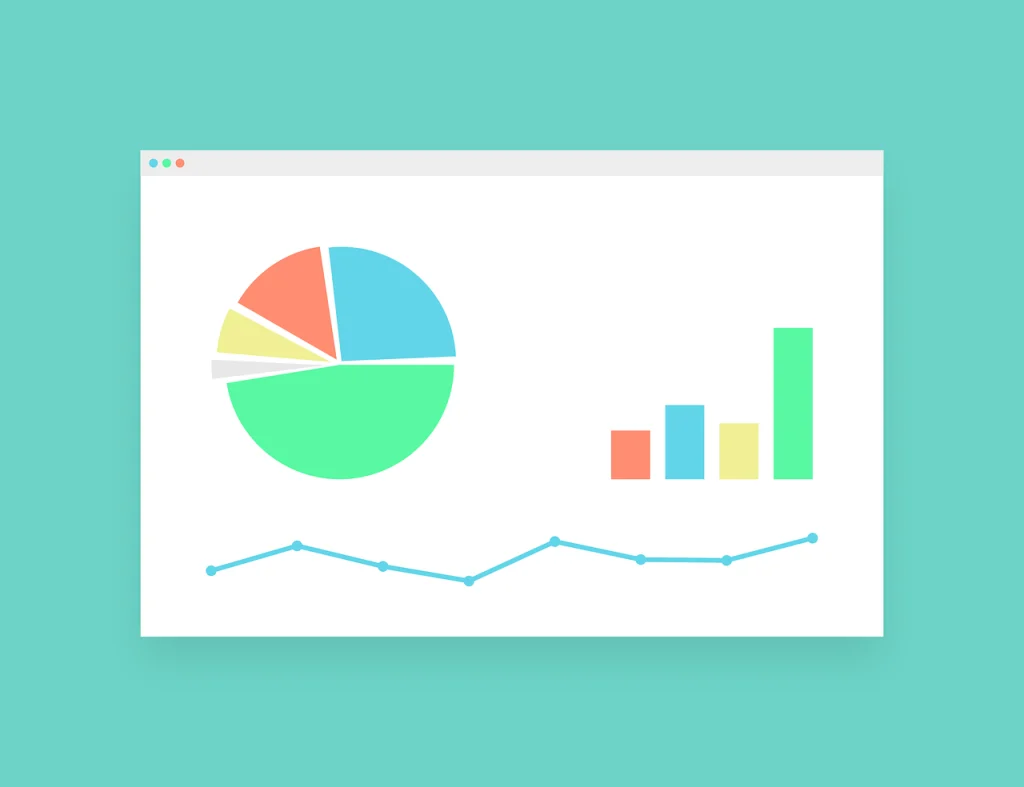Your website’s performance directly impacts how high you appear on Google searches and therefore how many new users visit your site. Learn how to use Google’s Core Web Vitals as a guide to optimize your site’s performance and outrank your competition.
What are Core Web Vitals?
Google’s Core Web Vitals are officially in place as a way to measure website performance and user experience. Each of the Core Web Vitals represents a distinct part of a site’s user experience. These metrics reveal how users experience pages on a website which allows site developers to identify and fix any technical issues.
Core Web Vitals measure:
Largest Contentful Paint (LCP)
LCP measures loading performance by quantifying the amount of time it takes a site to render the largest content element. Images and videos are usually the largest elements.
First Input Delay (FID)
FID measures how long before a user can interact with the page. This metric is taken from whatever interactive element the user clicks first. FID is critical to pages in which the user needs to do something.
Cumulative Layout Shift(CLS)
CLS measures visual stability and every unexpected layout shift that occurs during the lifespan of a page. Scores range from zero to any positive number. When page elements shift while a user is trying to interact with the page, it creates a negative user experience.
Google has found that when sites meet all three of the Core Web Vital metrics, users are 24% less likely to abandon the page before content loads.
Imarc’s Director of Front-end Engineering discusses specific Core Web Vitals metrics in her blog post Tricks (and treats) for improving website performance.
How do Core Web Vitals impact SEO?
Core Web Vitals are used as a ranking signal by Google. Sites that fail to apply best practices are given a lower ranking score than those that do. Although high-scoring Core Web Vitals do not replace great content, aligning UX improvements with Core Web Vitals can boost your rankings and give you a leg up on competitors.
If you are trying to rank ahead of competitors with the same quality of content, optimizing for Core Web Vitals can make a significant difference.
Use Core Web Vitals to boost your site’s SEO
-
Improve page speed: Slow sites that don’t load properly will be penalized and rank lower than optimized sites.
-
Optimize images for LCP: Properly size images and serve them in a way that takes up less space and supports fast download speed.
-
Get rid of unused code: Remove unused elements that are slowing down your site.
-
Remove render-blocking resources: Common render-blocking resources include scripts and stylesheets.
-
Lazy load images, backgrounds, and videos: Lazy loading is the method of identifying non-critical resources and only loading them when needed. Learn how to lazy load third-party scripts here.
-
Audit third-party scripts and integrations: Identify what is important to your site and what you can get rid of to improve page speed. Unnecessary apps or plug-ins can slow down your site and negatively impact the Core Web Vitals.
How to measure Core Web Vitals
At Imarc, we use Google PageSpeed Insights and Lighthouse to help us monitor our Core Web Vitals.
PageSpeed Insights: Run key pages through PageSpeed Insights to monitor the performance of a specific page and understand why a potential traffic dip is occurring. PageSpeed Insights provides actionable suggestions you can use to improve your site’s performance.
Lighthouse: Use Lighthouse to run a series of audits on a particular page to gauge performance and compile data. Next, use the reports from Lighthouse to identify weak areas and create tailored solutions.
The importance of a technical SEO audit
Conducting an SEO audit can help raise brand awareness and align your site with the latest digital marketing trends. A technical SEO audit is a health check of your site’s technical components and can help you discover necessary improvements. SEO is constantly changing and keeping your site up to date is the best way to grow site traffic and stay ahead of competitors. Check out How to perform an SEO audit to learn more.
___
This post was originally published on the Imarc blog.



